Support Articles
Change Desktop Environment (Pop!_OS 22.04)
Pop!_OS and Ubuntu both include the GNOME desktop environment by default. A desktop environment is responsible for the look and feel of the graphical desktop, and includes many of the key programs that get used every day.
You can install an alternative desktop environment using the instructions below.
Warning: Installing other desktop environments may affect the visual style and functionality of the default GNOME desktop (on both Ubuntu and Pop!_OS).
If you run into trouble while using an alternative desktop environment, you may wish to revert to the default environment. To ensure the default GNOME desktop environment is installed in Pop!_OS, install the pop-desktop package:
sudo apt install pop-desktop
For Ubuntu, install the ubuntu-desktop package instead:
sudo apt install ubuntu-desktop
The desktop environment acts as the top graphical layer of the OS. The desktop environment is launched by a display manager; Pop!_OS and Ubuntu both use GDM (GNOME Display Manager) by default.
If multiple desktop environments are installed, GDM will display a gear icon, which will allow you to select the desktop environment you want to launch. You will need to either reboot or restart your display manager using sudo systemctl restart gdm before a newly-installed desktop environment will show up in the list of options.
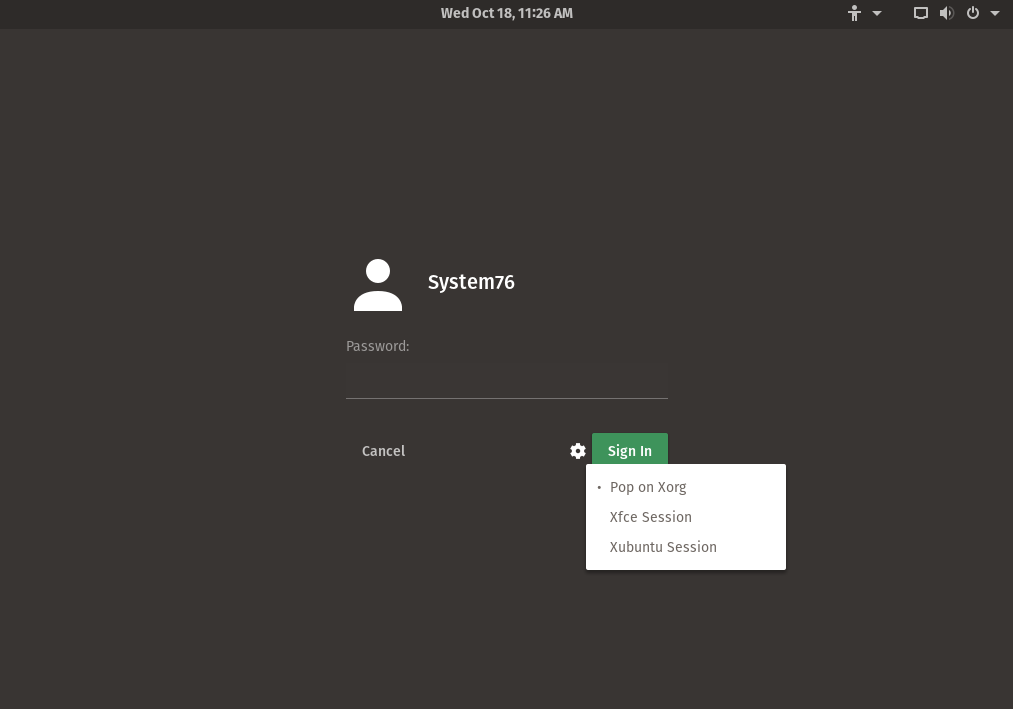
Different Desktop Environments
MATE
MATE is a simple and attractive desktop using traditional concepts. MATE is a fork of GNOME 2.
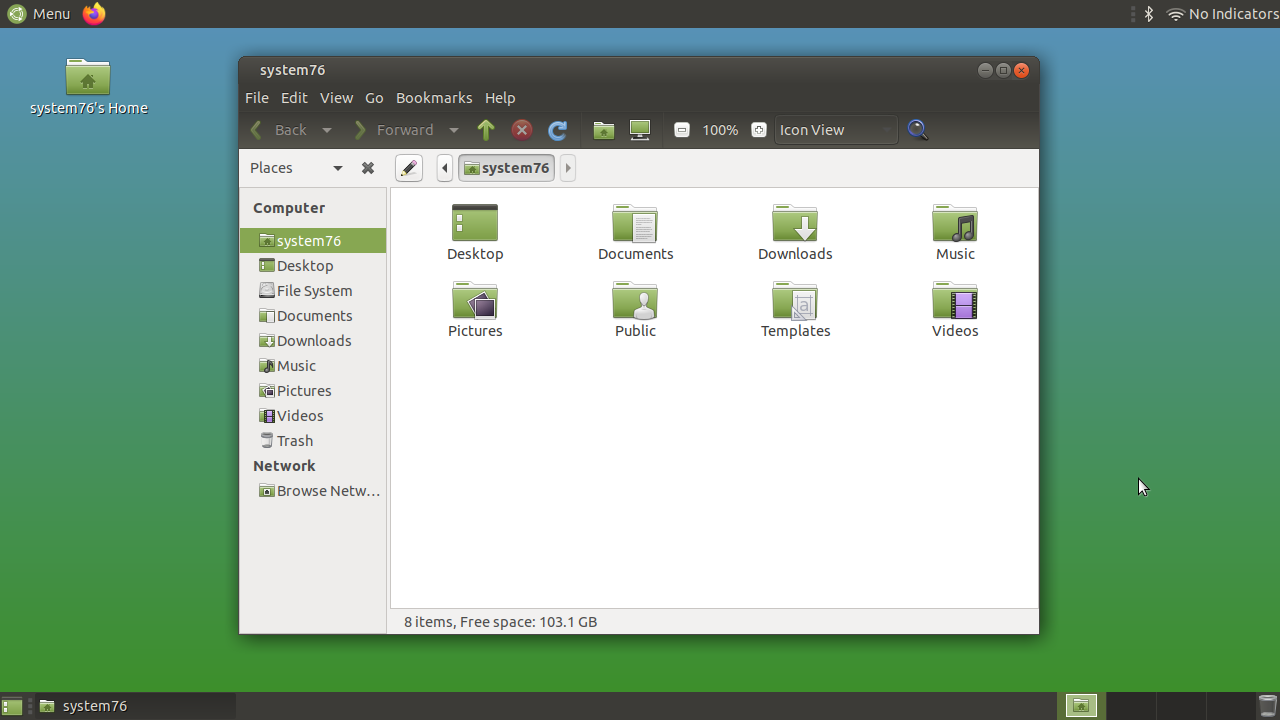
This command will install MATE and its dependencies:
sudo apt install mate-desktop-environment mate-desktop-environment-extras ubuntu-mate-themes
Cinnamon
Cinnamon is used in Linux Mint by default. Cinnamon strives to provide a traditional experience and is a fork of GNOME 3.
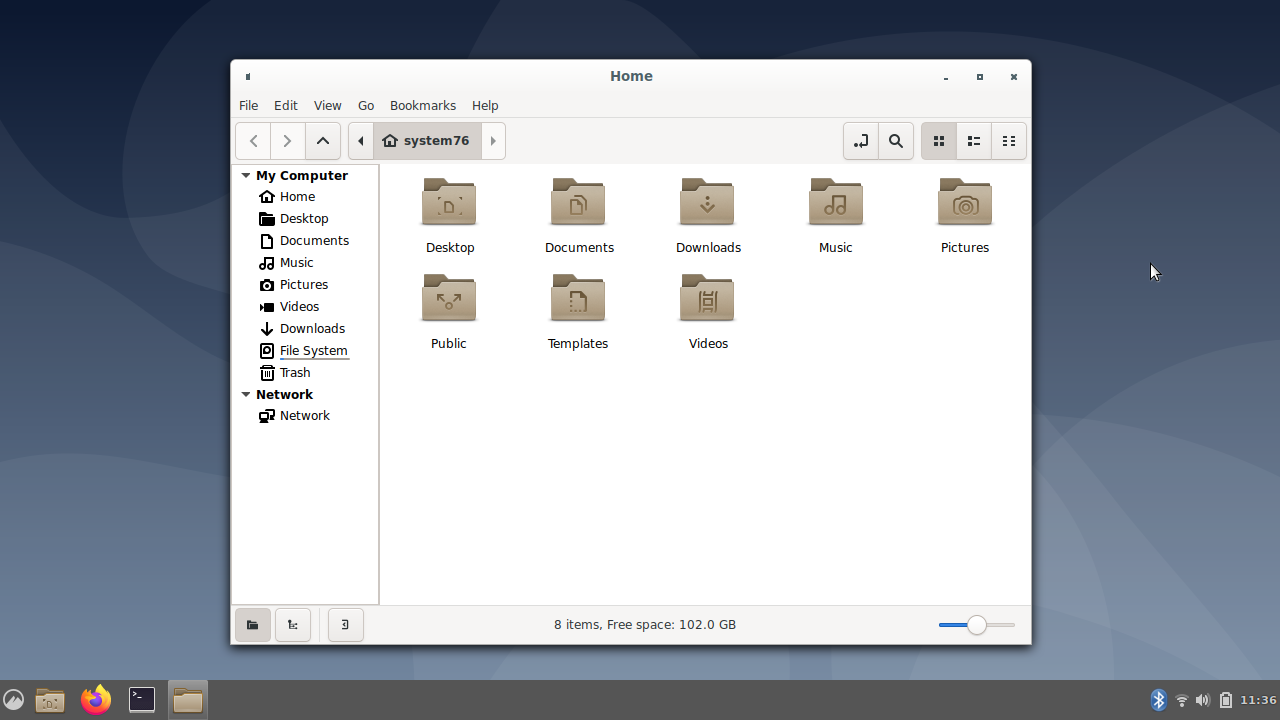
Cinnamon is installed with:
sudo apt install cinnamon-desktop-environment
GNOME
While Pop and Ubuntu contain GNOME by default, both include a number of customizations to GNOME. You can also install a vanilla GNOME session to get the upstream GNOME experience.
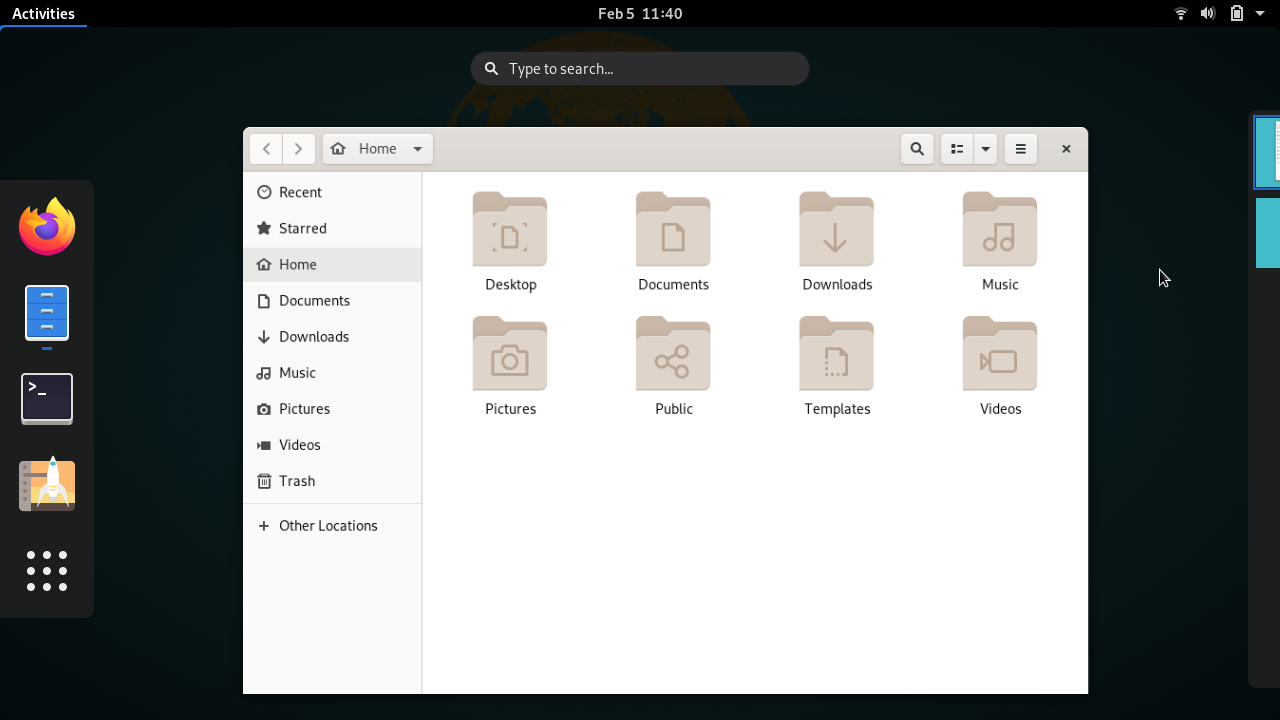
You can install the vanilla GNOME session using this command:
sudo apt install gnome-session
KDE Plasma
The KDE Plasma desktop environment is a familiar working environment and looks similar to Windows' desktop. It is highly customizable and looks clean.
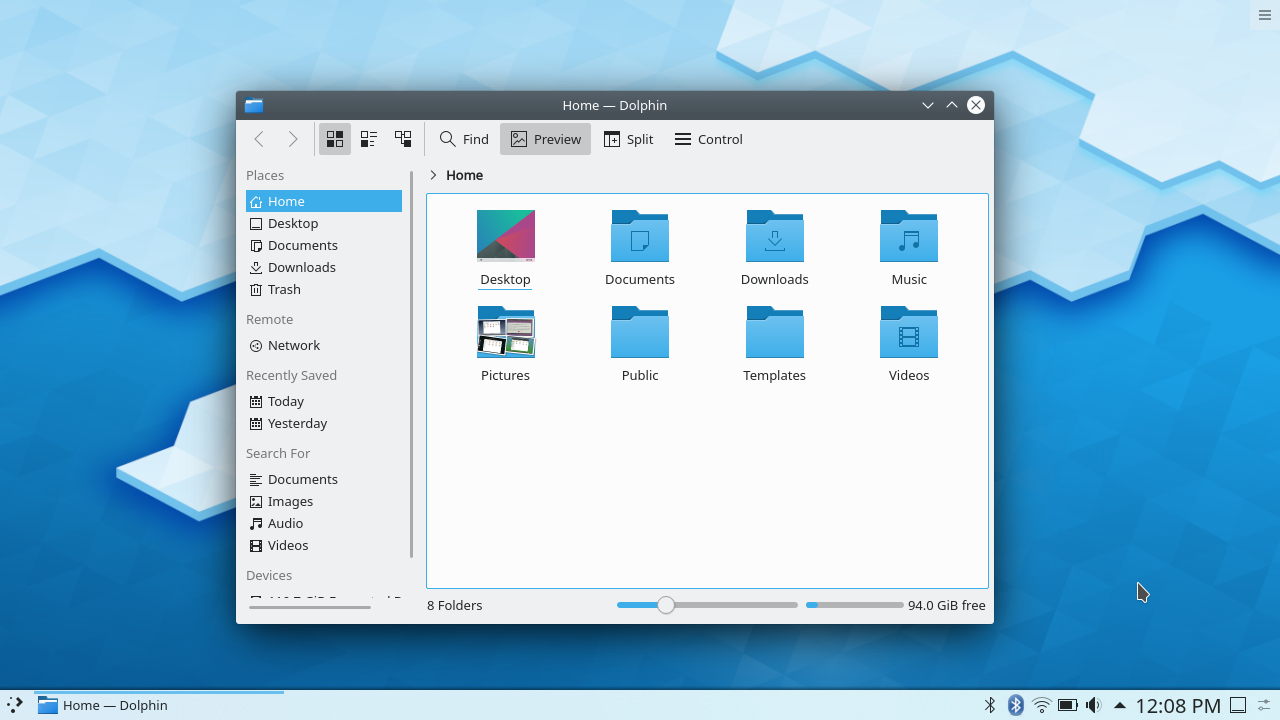
The KDE Plasma desktop and its dependencies can be installed with this command:
sudo apt install kde-standard
While installing KDE, you'll be prompted to choose a display manager:
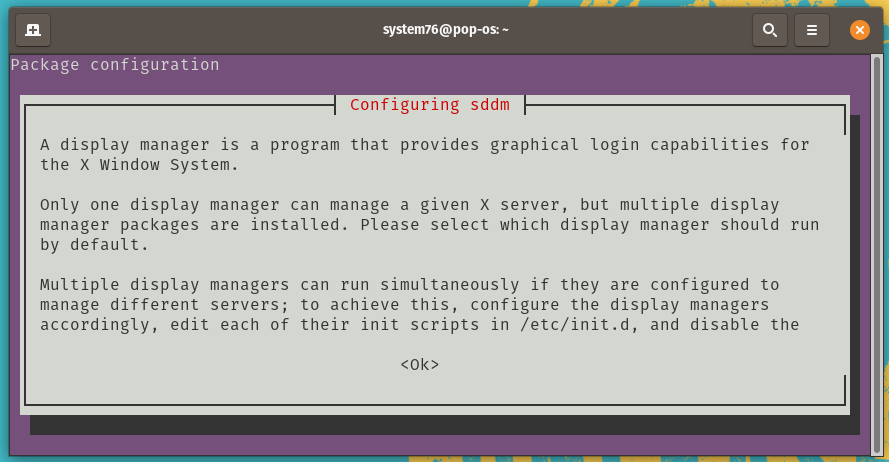
Press Enter to select the OK option. (If the OK option is not selected, press Tab to select it.) At the list, press Enter again to keep gdm3 as your display manager:
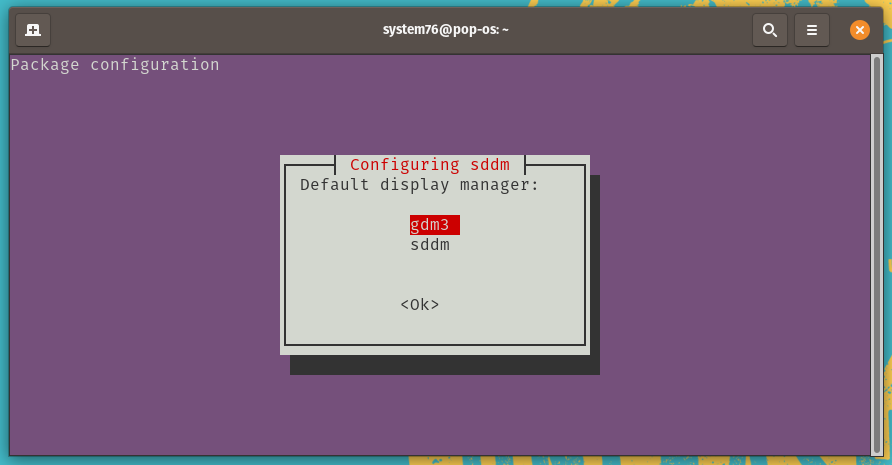
UKUI
UKUI is a lightweight desktop environment based on a pluggable framework for Linux and other UNIX-like distributions. It provides a simple experience for browsing, searching, and managing your computer. It is developed using GTK and Qt.
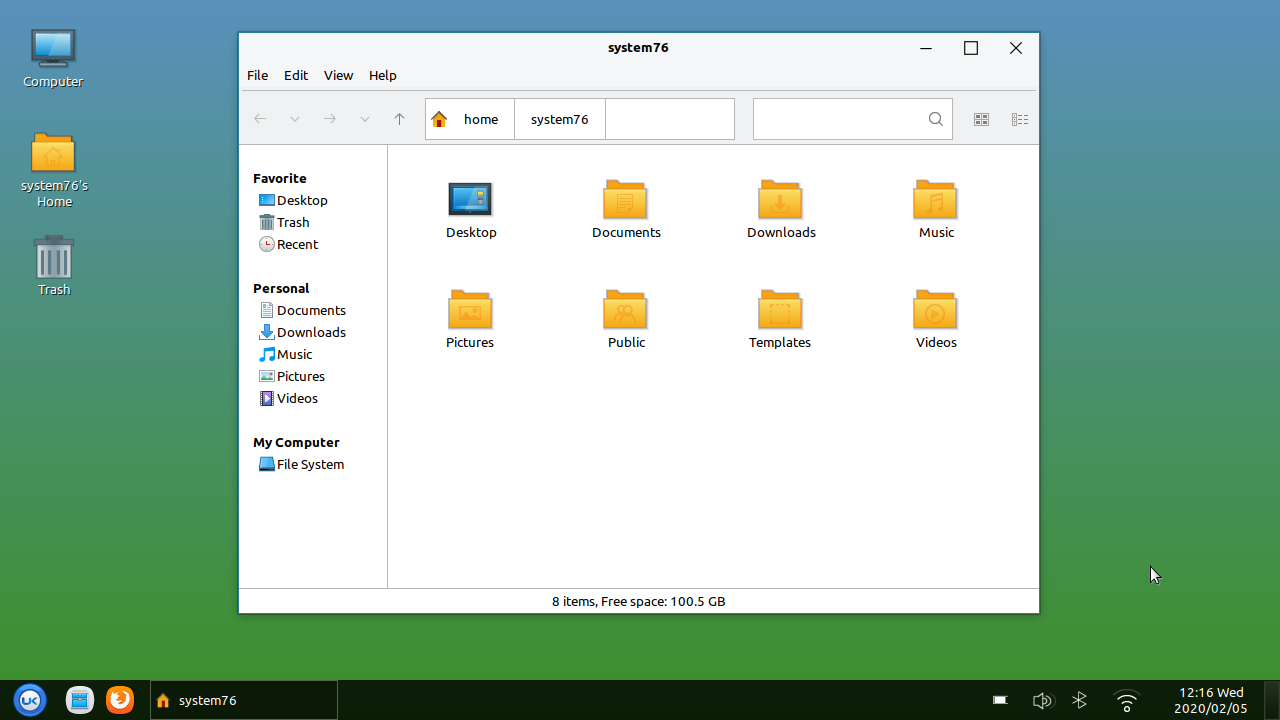
UKUI can be installed with:
sudo apt install ukui-desktop-environment
XFCE
XFCE embodies the traditional UNIX philosophy of modularity and re-usability. This environment provides a good amount of conformity for the programs written for it. XFCE also provides a highly customizable environment, while being leaner on resources.
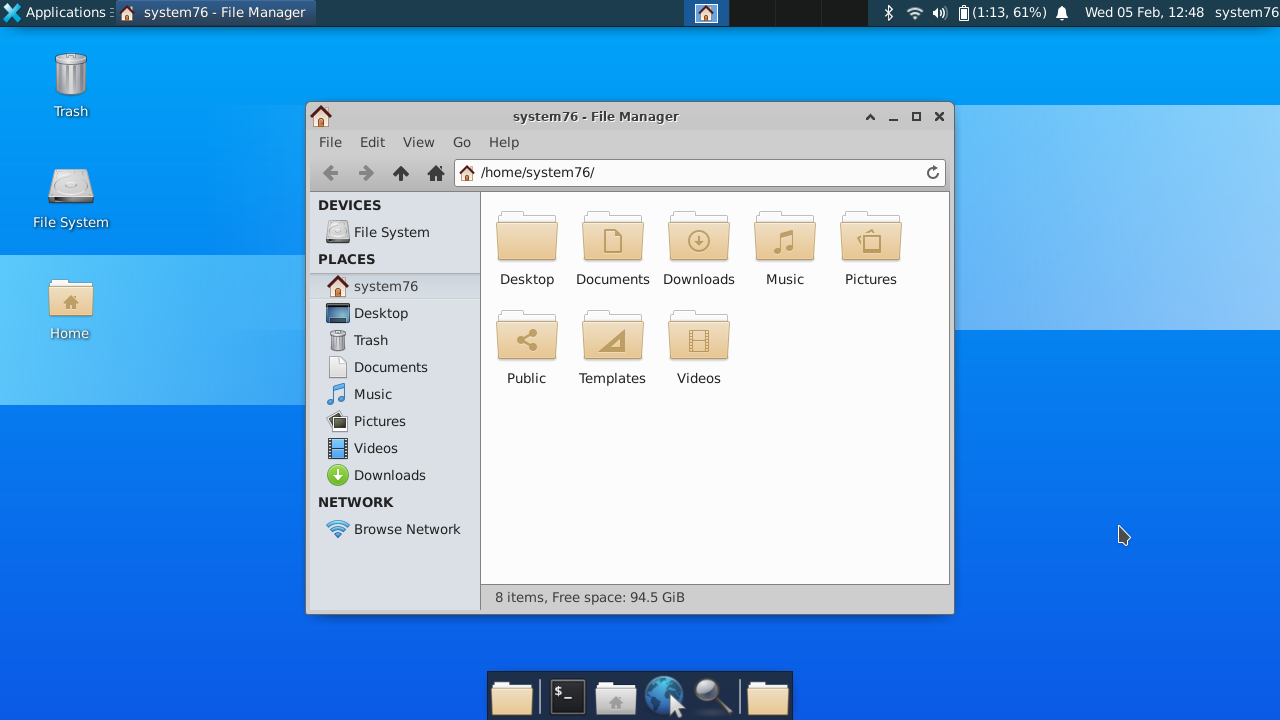
You can install XFCE and its dependencies with this command:
sudo apt install xfce4 xfce4-goodies
While installing XFCE, you'll see a prompt to select your default display manager:
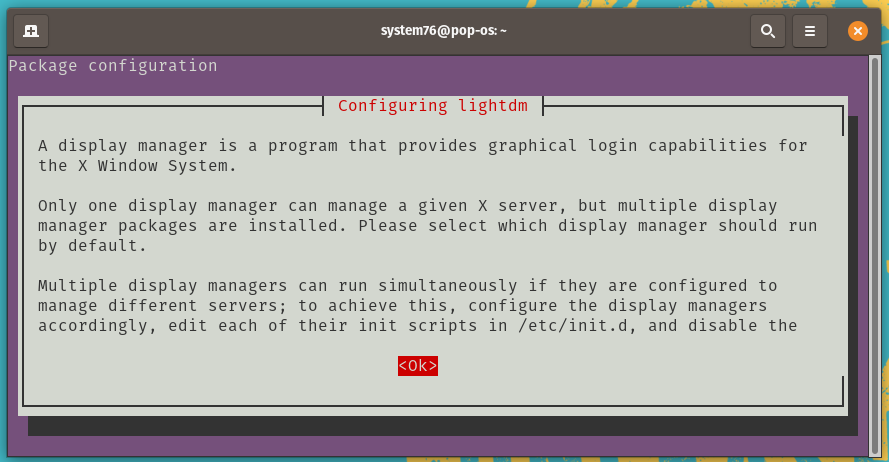
Press Enter to select the OK option. (If the OK option is not selected, press Tab to select it.) At the list, press Enter again to keep gdm3 as your display manager:
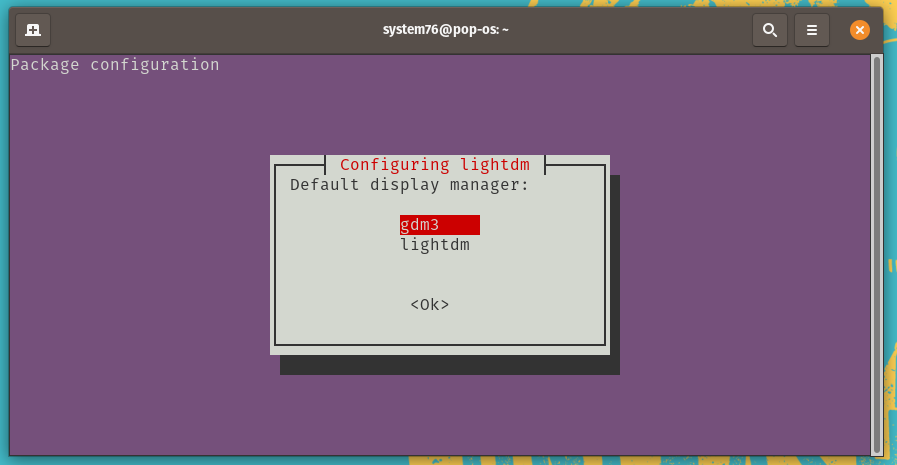
LXDE
The Lightweight X11 Desktop Environment is a fast and energy-saving desktop environment. It looks similar to older versions of Windows. This is a lean desktop environment and can help extend battery life in laptops.
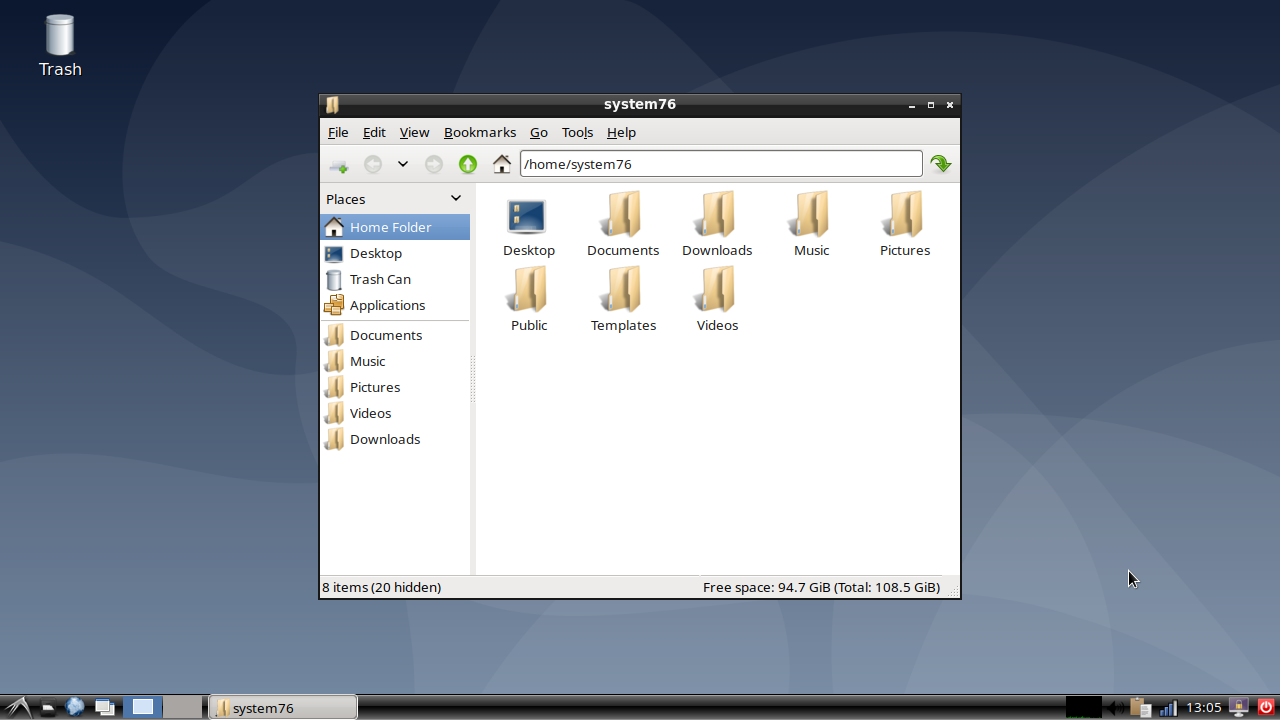
LXDE can be installed with:
sudo apt install lxde
While installing LXDE, you'll see a prompt to select your default display manager:

Press Enter to select the OK option. (If the OK option is not selected, press Tab to select it.) At the list, press Enter again to keep gdm3 as your display manager:

LXQt
LXQt is a lightweight Qt desktop environment. It's being developed as a successor to LXDE. It is focused on being a classic desktop with a modern look and feel.
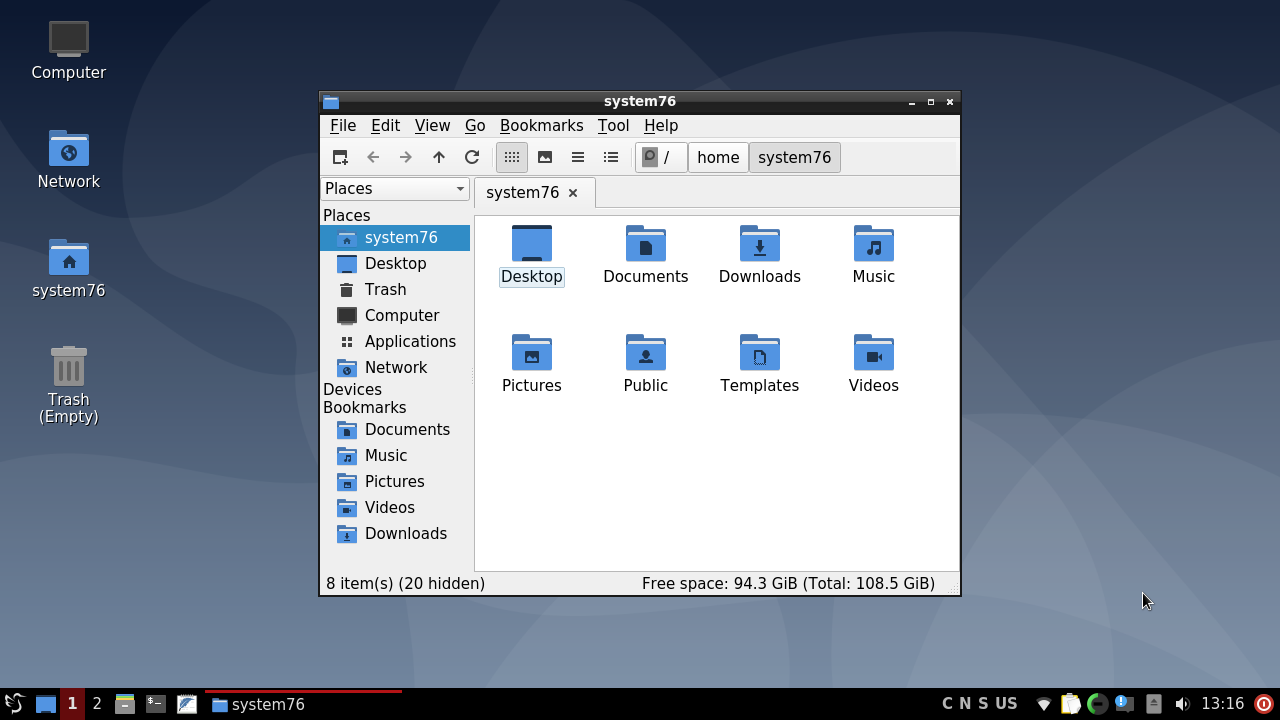
LXQt can be installed with:
sudo apt install lxqt
Troubleshooting
Desktop environments can interfere with each other or change system-wide settings. Issues with a desktop environment's appearance can generally be fixed by changing the theme in the Appearance control panel.
Customize Notification Dialog
Xfce will change the notification dialog to its own. It can be configured with this command:
xfce4-notifyd-config
Remove Duplicate Options From Login Screen
Some desktop environments provide more than one session. For example, Cinnamon provides both a 2D and a 3D session. The options available at login are located in the /usr/share/xsessions directory, and unneeded options can be removed by deleting the corresponding files. For example, to remove Cinnamon's extra option:
sudo rm /usr/share/xsessions/cinnamon2d.desktop
Change Automatic Startup Programs
Some desktop environments configure additional programs to start at boot. To change them, run the Startup Applications program and turn off any unwanted startup programs.
Double Lock Screen Passwords
GNOME does not use a screensaver (only a lock screen), but other desktop environments may install the classic GNOME screensaver package as a dependency. If you're being prompted for a password twice after suspending or locking the screen, disable the second prompt with this command:
gsettings set org.gnome.desktop.screensaver lock-enabled false
Or, if that doesn't stop the second prompt, uninstall the redundant screensaver with this command:
sudo apt purge gnome-screensaver
Enable Cinnamon Lock Screen
If Cinnamon's desktop lock screen isn't functioning, this command will re-enable it:
gsettings set org.cinnamon.desktop.lockdown disable-lock-screen false
Removing Desktop Environments
If you no longer want to use a desktop environment, it can be removed by using the sudo apt autoremove --purge command with the name of the package you originally installed. For example, if you installed LXDE with sudo apt install lxde, you can remove it using the following command:
sudo apt autoremove --purge lxde
Some desktop environments (such as KDE) may leave behind additional packages even after uninstalling the original package with the autoremove command. To more thoroughly remove packages related to a desktop environment, use a regular expression to remove all packages beginning with the name of the environment followed by a hyphen (for example, kde-):
Warning: Because regular expressions can match packages you don't expect, inspect the list of packages being removed before confirming the operation, and be prepared to reinstall any packages you wish to keep afterwards.
sudo apt autoremove --purge 'name?(^kde-)'